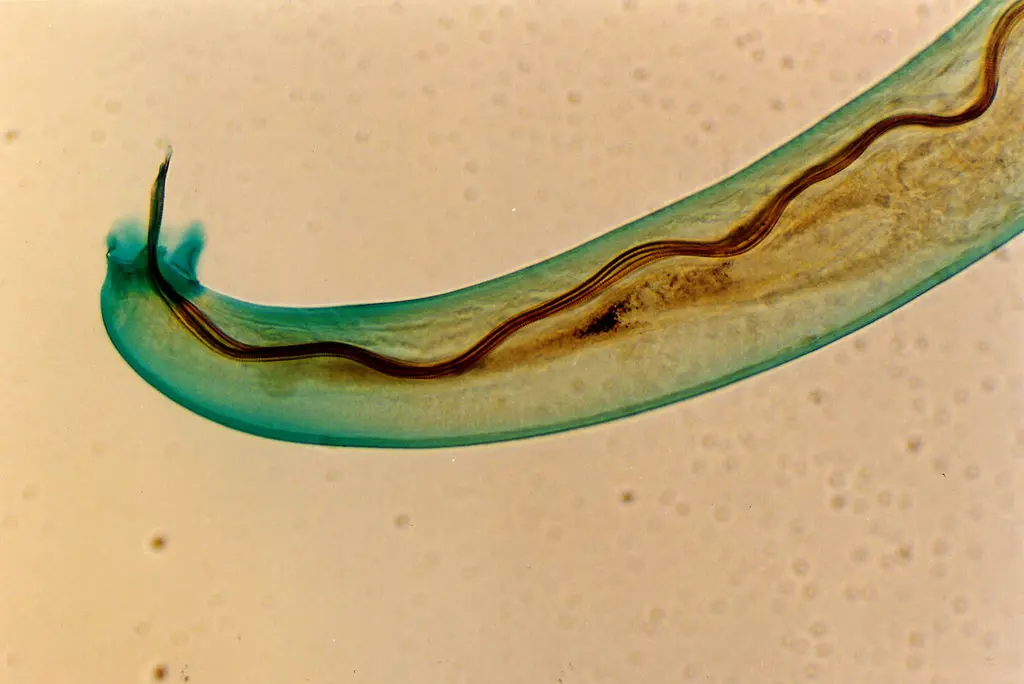You might think brain eating parasites only appear in horror movies, but you think wrong. The rat lungworm (Angiostrongylus cantonensis), can cause eosinophilic meningitis, a severe infection. It’s mainly transmitted by rats and snails, and has a complex life cycle.
Adult rat lungworms live and reproduce in the lungs of rats. They lay eggs there, where they eventually hatch into larvae. From there, they are coughed up and swallowed, where they reach the feces. When snails or slugs come into contact with the infected feces, they can pick up the larvae, which grow inside of them and become infectious.
People and other animals become infected if they eat or touch the infected animals, or consume contaminated water or vegetables. The larvae migrate to the brain and spinal cord, causing neurological symptoms such as headaches, fever, nausea, vomiting, stiff neck, and paralysis. It can also cause severe inflammation and infection that can be fatal or leave permanent damage.
Infections from rat lungworms are common in Southeast Asia and the Pacific Islands. Recently, they have been detected in other parts of the world, such as Louisiana, Texas, Georgia and Florida. They’ve become much more common in the southeastern parts of the United States.
Although cases are rare in the U.S., they are often underdiagnosed or misdiagnosed due to the lack of awareness. Infections are usually mild and resolve without treatment, but others can be severe and require medical attention.
This parasite can affect all animals, including wild and domestic. Washing hands before eating and preparing food, thoroughly washing produce, avoiding eating snails and slugs, keeping pets away from them, and avoiding contact with rodents and their droppings, are all ways to prevent infections from setting place.
RELATED STORIES:
https://health.hawaii.gov/docd/disease_listing/rat-lungworm-angiostrongyliasis/
https://www.cdc.gov/parasites/angiostrongylus/gen_info/faqs.html
https://my.clevelandclinic.org/health/diseases/25096-rat-lungworm
https://www.cdc.gov/parasites/angiostrongylus/index.html
https://www.news-medical.net/health/Symptoms-of-Rat-Lungworm-Disease.aspx
TAKE ACTION:
https://www.hilomedicalcenter.org/wp-content/uploads/2020/02/Rat-Lungworm-for-ED-Doctors-2020.pdf
https://www.ncbi.nlm.nih.gov/pmc/articles/PMC9863536/
https://www.hawaii.edu/news/2021/02/09/rat-lungworm-updated-guidelines/






